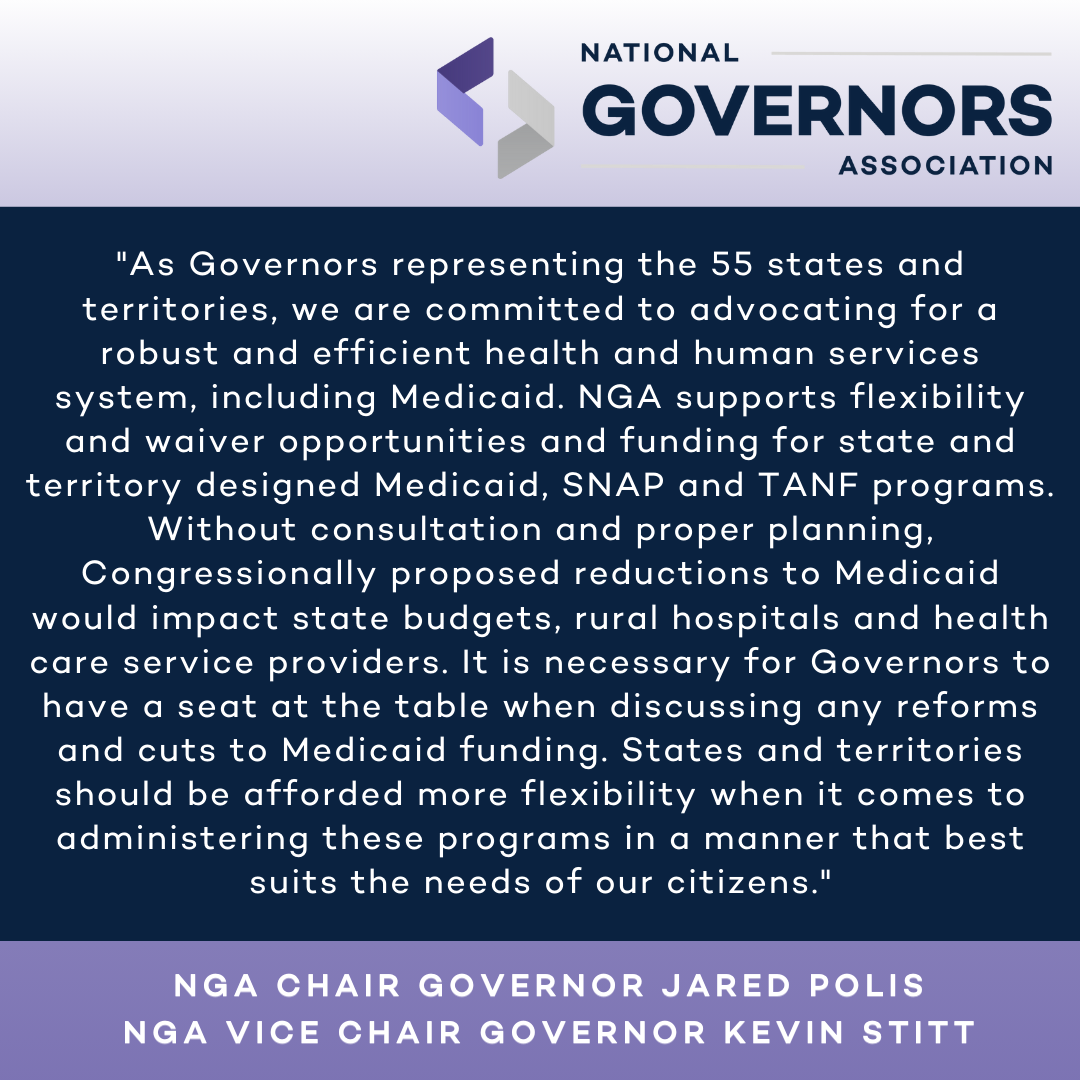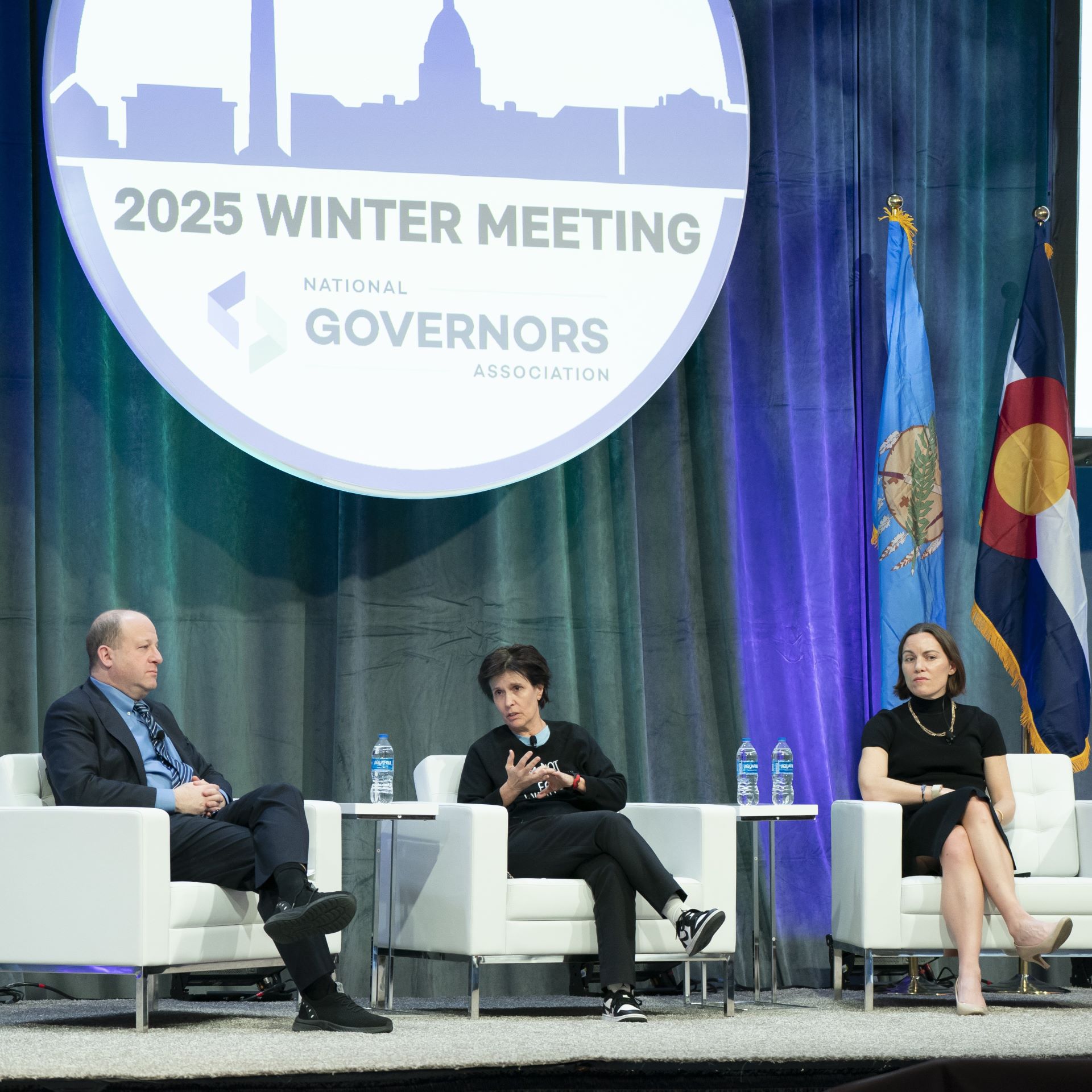Housing is a basic necessity. Yet shortages and skyrocketing costs are putting it out of reach for more and more Americans. Driven by high interest rates and low supply, home purchase prices jumped 40% between 2019 and 2022. Just 10% of new homes were selling for less than $300,000 in the last quarter of 2022. Rents also shot up, with the median U.S. rent climbing above $2,000 for the first time in history. The average renter household now spends 30% of income on rent, a record high – limiting the ability of hardworking Americans to pay for other staple needs like food and health care, not to mention save to own a home.
A perfect storm of factors is to blame. Home construction plummeted during the Great Recession in 2008 and never recovered. Between 2008 and 2018, fewer new homes were built than in any decade since the 1960s, according to Fannie Mae. Then came the pandemic, and with it supply chain disruptions, inflation and general economic upheaval. But the consequences of the affordable housing shortage go beyond the economic. This critical issue cuts across nearly every facet of our society, contributing to homelessness, limiting our ability to expand our workforce and eroding social cohesion.
Governors are applying a multifaceted approach, working hard to lower housing costs by increasing funding for affordable housing, rethinking land use regulations, streamlining the permitting process and exploring housing innovations. Each state’s approach will be different because each state has different challenges.
Latest

Governor Youngkin, State Housing Advisors Shift the Conversation on Housing

Governors Talking the Talk and Walking the Walk on Housing

CJPA Briefing On State Homelessness and Reentry Policy

State Strategies To Mitigate The Impact Of Housing Instability On Child Welfare Involvement

Governors Share Housing Solutions

Governors Share Bipartisan Solutions to Housing Shortage

Improving Housing Availability and Affordability

Governors’ Responses to Challenges in Housing Availability and Affordability














